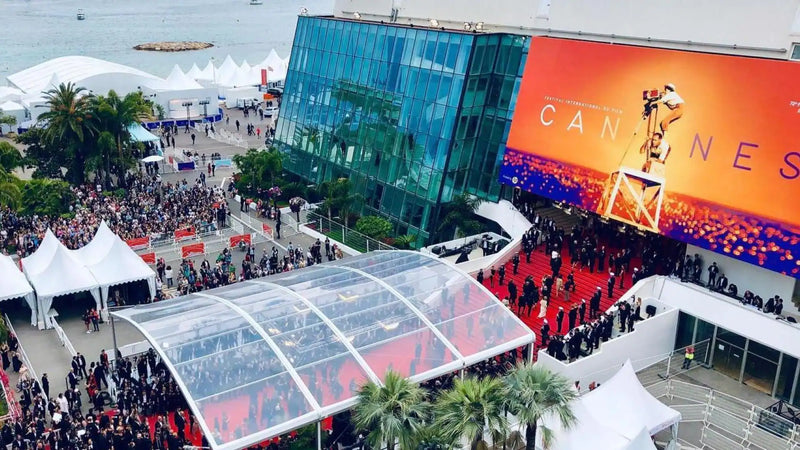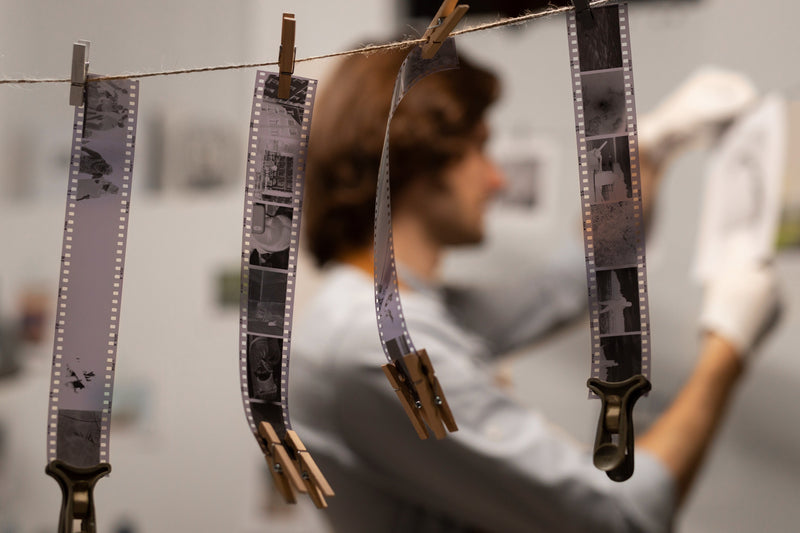From blockbuster celluloid to the hands that guide it—what the film revival reveals about craft and technology.
A resurgence rooted in decisions
In 2025, bold choices are making headlines: at the Cannes Film Festival, 24 productions shot on film—from 16 mm to 35 mm—secured official selection slots, according to a press release from Kodak Motion Picture. (Kodak) Meanwhile, the IndieWire tally shows 21 major films this year captured on film formats. (IndieWire)
When a director, cinematographer or producer opts for chemical emulsion over sensor arrays, they’re not chasing nostalgia— they’re making a statement. For the team at CPC London, specialists in film processing, high-resolution scanning and archival workflows, that statement carries real impact on workflow, cost, post-pipeline and longevity.
Directors and formats that matter
Take Bugonia, directed by Yorgos Lanthimos and shot by Robbie Ryan nearly entirely on 8-perf 35 mm VistaVision—a format rarely used since the 1960s. (Wikipedia) Or the film Sinners, which marks the first feature shot on large-format IMAX film by female cinematographer Autumn Durald Arkapaw. (AP News)
Such projects reveal that film is not simply “old tech” but a creative tool: a medium that brings grain, halation, texture, depth and risk. It also places demands on the chain—processing houses, scanning labs, archival print capacity—and underscores the value of specialists who can bridge analogue and digital seamlessly.
Restoration, scanning and the human hand
It’s not just new productions: restoration is now centre-stage. At Bologna’s restoration labs, fragile negatives are revived and scanned into 4K or higher masters, as discussed in The New Yorker. (The New Yorker) And as The Brooklyn Rail notes, true photochemical restoration resources are now so rare that overlooking the human decision-making around scanning and archiving is risky. (Brooklyn Rail)
This is where CPC London’s processing and scanning services become critical. Preserving the integrity of a negative, choosing the right scan resolution, retaining grain structure rather than smoothing it out—all of those are human decisions rooted in craft. They are not automated checkbox tasks.
Why this matters for filmmakers and labs
-
Medium drives workflow: Choosing 35 mm, VistaVision or IMAX film immediately engages processing labs, scanning houses and archival deliverables.
-
Differentiator on-screen and off: Films shot on film garner festival selection and awards traction—the 2025 Oscars included major winners captured on film. (Cinematography World)
-
End-to-end matters: Shooting on film is just the beginning—processing, scanning, printing and archiving form a lifecycle. CPC London supports all those phases.
-
Human craft in a digital age: As AI, virtual production and digital capture dominate headlines, the human choices around film stock, chemistry, scanning fidelity and archiving gain renewed value.
Final thoughts
In a world where pixels proliferate and formats multiply, film remains a singular choice. It says something about intent, about texture, about longevity. It says: “This image is born on emulsion, processed with care, scanned to endure.”
If you’re a cinematographer, producer or archive-manager planning a project on 35 mm, 65 mm or VistaVision film—or you’re seeking premium scanning, restoration or archival workflows—CPC London stands ready to align film processing, high-resolution scanning, printing and restoration for your vision.
#ShotOnFilm #FilmRestoration #AnalogueCinema #Cinematography #FilmProcessing


